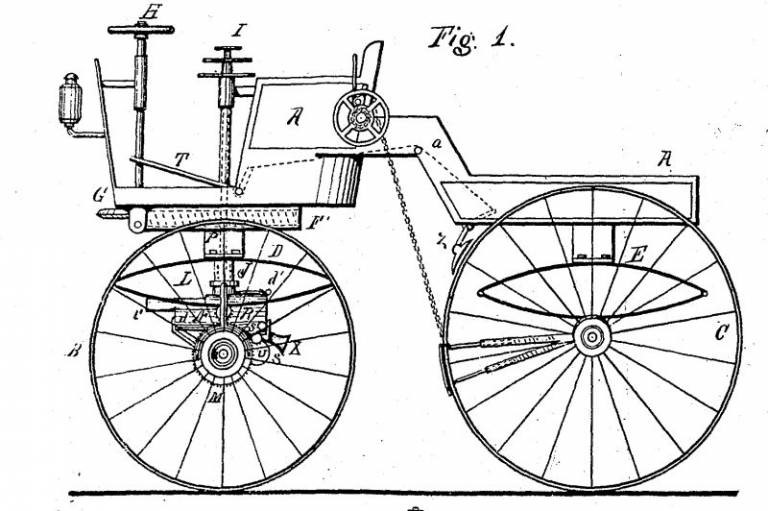Functionality in Europe: When Do Trade Marks Achieve a Technical Result?
By Dr Ilanah Fhima, Reader in Intellectual Property Law at UCL Laws.

8 July 2020
Publication details
Fhima, Ilanah (2020) ‘Functionality in Europe: When Do Trade Marks Achieve a Technical Result?’ The Trademark Reporter, 110(3), 659.
Abstract
In this article, Dr Ilanah Fhima, Reader in Intellectual Property Law at UCL Laws, considers which product shapes will be excluded from trade mark protection because the shape is ‘necessary to achieve a technical result.’
Functionality plays a key role in any trade mark system, preventing the registration of marks that competitors need to access in order to compete. As a doctrine, it also channels certain technical or aesthetic characteristics of products into the patent, design, or copyright system, and away from the trade mark system. Technical functionality, in particular, plays a crucial role in maintaining a competitive market. In Europe, the doctrine is embodied in Article 7(1)(e)(ii) of the EU Trade Mark Regulation which prohibits the registration of “the shape, or another characteristic, of goods which is necessary to achieve a technical result.” Despite its importance, there is little written about the situations in which a sign will be considered necessary to achieve a technical result, and how this can be proven. This article seeks to remedy this, by considering what it means for a mark to be technically functional, by identifying a four-stage test the European courts and tribunals have used to demonstrate technical functionality, and by analysing the types of evidence that have been employed to show that this test has been satisfied in individual cases.
Read 'Functionality in Europe' in full.
 Close
Close

